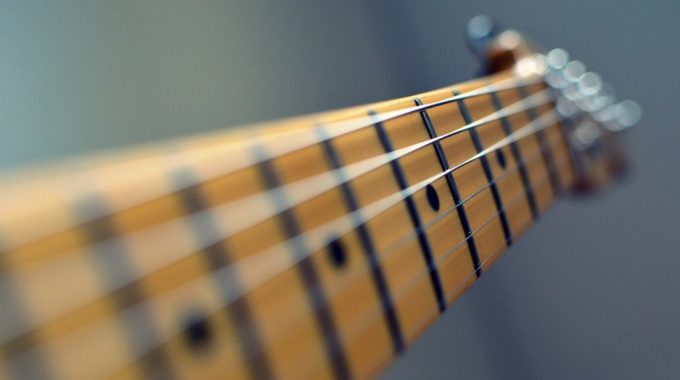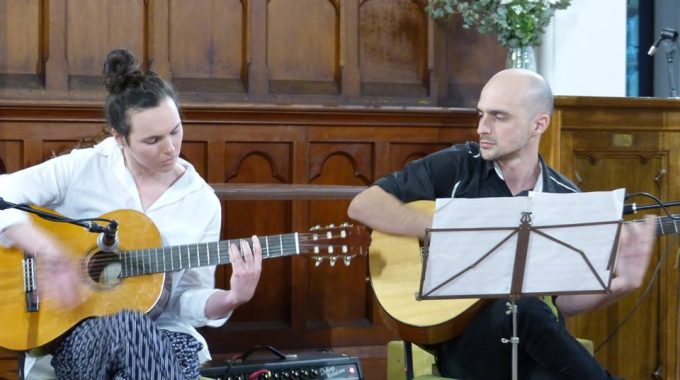Why sing before you play? Why do we learn chords on the guitar?How to create strumming patterns?....
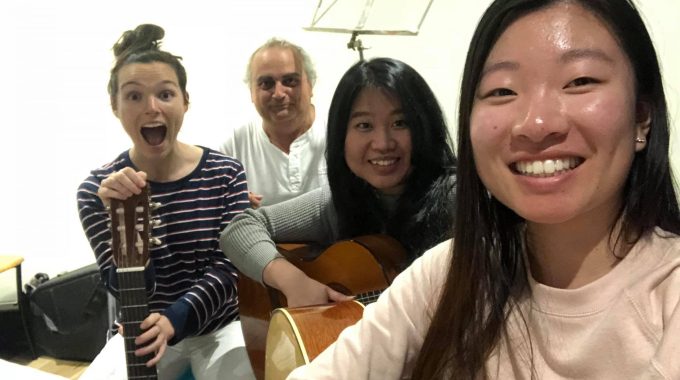
How Long Does It Take To Learn Guitar?
How Long Does it Really Take to Learn Guitar?
In order to address this question, we need to establish musical objectives and learning methods. On opposite ends, two learning methods emerge: visual and aural. I vehemently advocate prioritizing aural learning until the foundational basics are mastered.
Ear training revolves around two objectives: comprehending rhythm and pitch. Without integrating this skill as the foundation through which we perceive and execute all aspects of guitar playing, we risk becoming reliant on visual aids, resulting in sluggish progress and a discouraging start to our guitar journey.
Hence, it’s imperative to develop the ability to discern pitch, rhythm, and reproduce them accurately
Nurturing Guitar Proficiency: Aural Skills vs. Visual Learning
Based on the preceding observation, if you opt to learn the guitar without honing your aural skills, you’ll rely heavily on reading and repetition driven by visual cues.
If your instructors guide you in coordinating with a metronome and planning your progress, you might manage to perform a basic classical piece within a few months, but not beyond that.
However, by approaching your guitar learning journey through aural skills, within a span of 20 weeks and committing to 30 minutes of daily practice, you’ll not only master the accompaniment of any desired pop song but also handle the lead, melody, and execute simple solos within a band setting.
Moreover, you’ll independently discern the key and the relevant chords for any straightforward pop song you wish to perform.
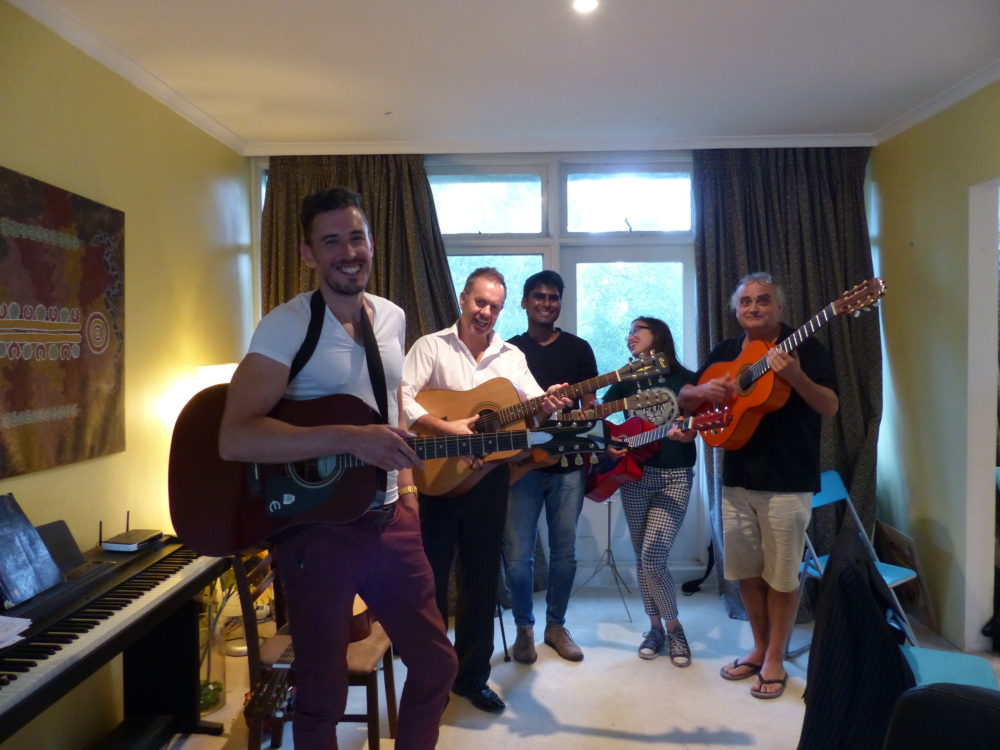
Why is it Quicker to Learn to Play the Guitar Aurally?
The learning process can accelerate when guitar students exercise the patience to first internalize sound and rhythm before attempting to play. In such instances, reliance on thinking becomes an impediment, as students must depend on their sensory experiences for effective memorization.
To illustrate, embracing guitar learning akin to a child’s approach—immersing oneself in sound, rhythm, and enjoying the process—can yield positive outcomes. Continual engagement and playful discovery foster success. The key lies in gradual learning, steering clear of needless repetition and negating any self-doubt.
How Long Does it Take to Become a Professional Guitarist?
In order to become a professional guitarist you must consider undertaking all the necessary guitar studies to be also a professional musician.
This would mean studying harmony, chord scale relationships, ear training, music analysis, ensembles with a diverse range of styles, improvisation and last but least the guitar, where all the previous is put into place.
So consider 8 hours a day during 4 years and you will become a professional musician which means you will be ready to get into the real world .
A musician never stops practicing and at the age of 58 I must say that I am still putting into practice everything I learnt in my career at Berklee College of Music but in a more mature way focusing of creativity and self expression.
Is 30 too old to Learn Guitar?
Learning to play the guitar remains accessible regardless of age. The more you’ve danced, listened to music, and sung, the smoother the journey becomes.
Music serves as a natural language we can all tap into, yet as we age, thinking often overshadows feeling. Given music’s goal of expression, emotion, and enjoyment, embracing a childlike approach trumps being overly adult.
Keep in mind, music becomes enjoyable when we play complete pieces. I’d advise against relying solely on YouTube tutorials; they often miss the essence of music, potentially leading to playing with little musical value.
I strongly advocate learning approaches that foster collaborative playing, particularly in context. The focus isn’t solely on chords, scales, or riffs, but on mastering entire songs.
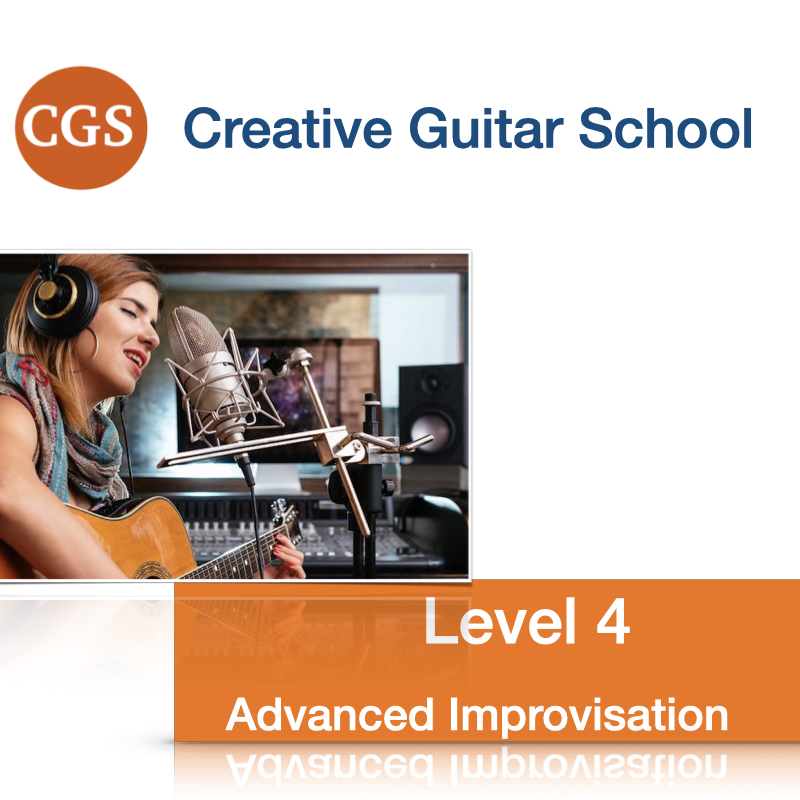
Should Songwriters that Play Guitar Learn in a Different Manner?
Songwriters who are also guitarists can effectively utilize the guitar in their songwriting process. However, solely relying on the basic chords learned as a beginner may severely limit your songwriting capabilities.
I strongly recommend delving into comprehensive harmony studies, including chord progressions, chord-scale relationships, diverse chord structures like clusters, upper-structure triads, spreads, open and closed triads, quartal chords, and modal interchange—expanding your chord vocabulary.
Mastering these chords on the guitar equips you with a broader palette to convey intricate emotional nuances, akin to adding intricate details to a painting that narrates your story.
I’ve developed a series of courses tailored to aid songwriters and composers in understanding accompaniment rules in relation to melody. These courses offer insights to enhance the sonic quality of your compositions, enabling a richer expression of yourself and your emotions.
All my courses are also available online through my online guitar school, now also offered in Spanish, or in person at my Creative Guitar School in Wollongong and Sydney. To learn more, feel free to reach out via email and schedule a free assessment. This assessment will gauge your current level and identify the areas you need to focus on to achieve your guitar-playing goals.
